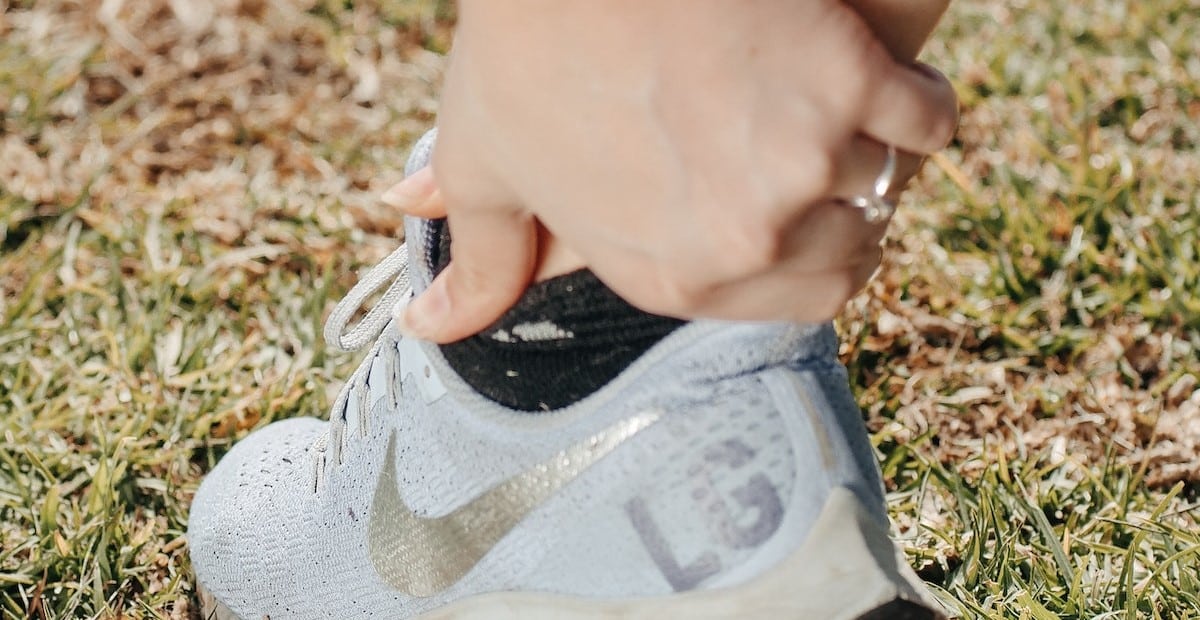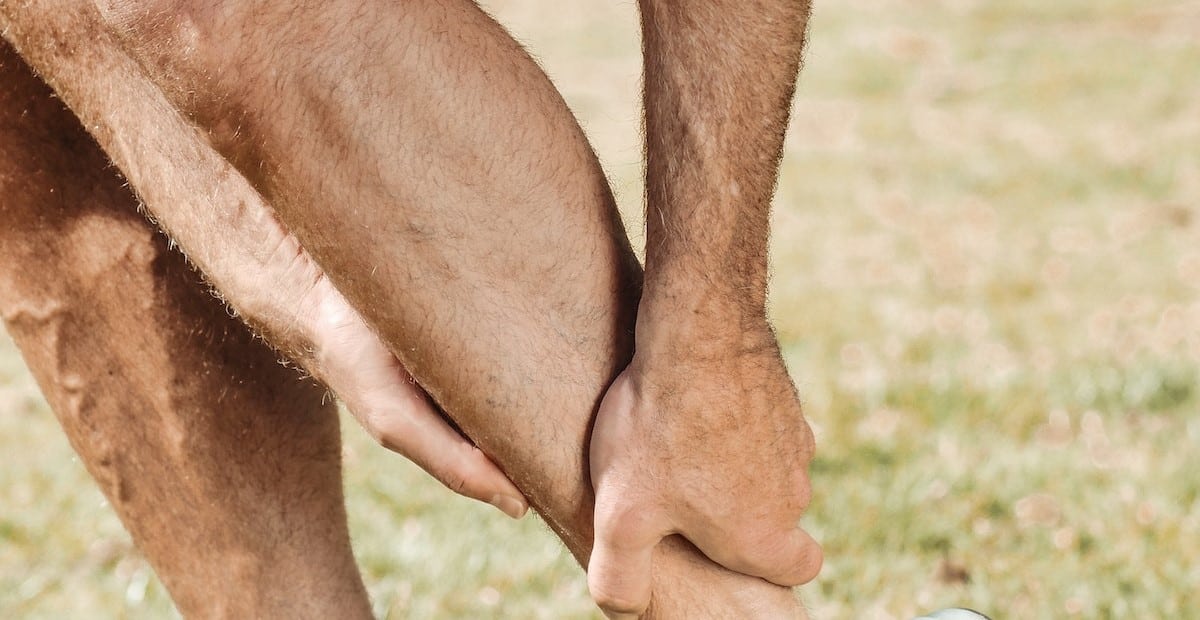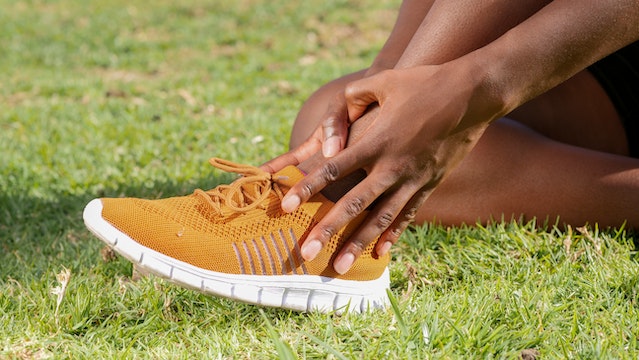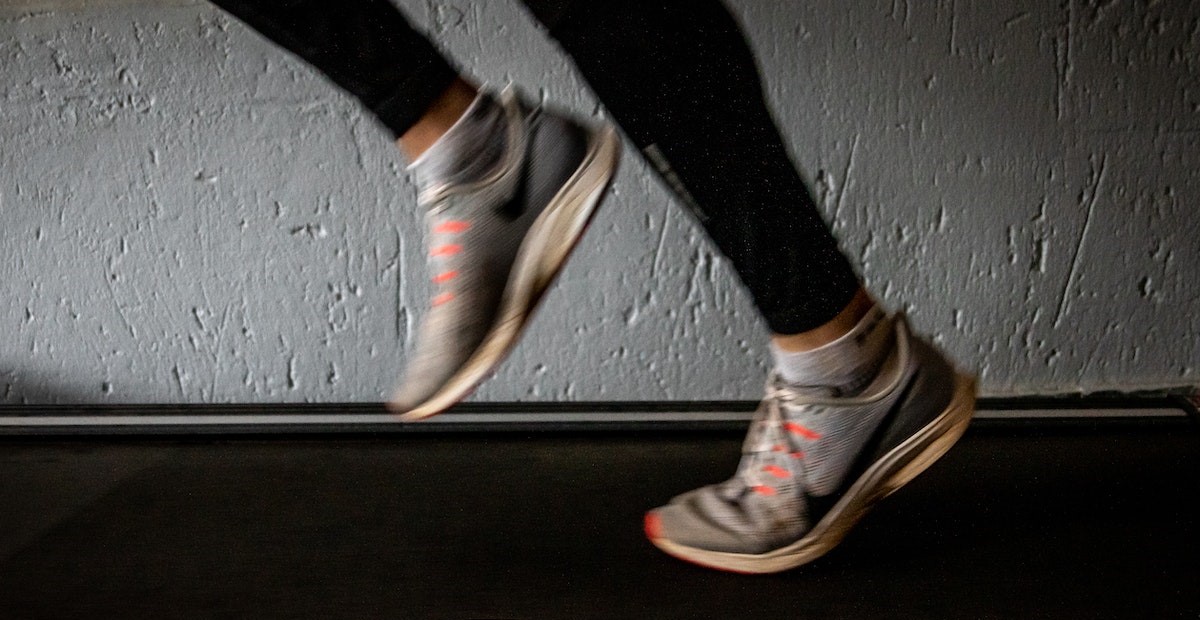
Contents
Expelling the risks of over pronation, fixing the issues that plague our fitness regimes
Overpronation can be a sickening affair. I know that sounds dramatic but we’ve all been there – running at our most rigorous, darting through our PB and then…
Ankle injury.
But it’s not just the injury that resonates, it’s the fear of going over on your ankle mid-workout yet again, causing more damage and plaguing your sense of confidence. And besides, that’s one effect of over pronation. Technically, it’s defined as ”Overpronation is when the arch of the foot collapses excessively downward or inward.”
Whether it’s from flat feet, knee pain, big toe issues or more, stopping over-pronated feet is a must.
Especially if you’re feet are naturally positioned like that anyway; nobody should be hindered by this, and everyone who can, should be able to run with confidence. You can look at things like motion control shoes, custom orthotics, a physical therapist and supportive shoes. But for now, let’s discover ways to help solve problems with your weak ankles.


Knowing your footing
It’s important to know what classes as over-pronation here. Very simply, you could have a fallen arch, which is what it sounds like – a flat foot – or a hollow foot, which is the exact opposite – a high foot arch.
Treating
Treating the issue is vital. And thankfully not so difficult in most cases. Let’s run through them.
1) Firstly, you can choose the right footwear to help with both. Choosing supportive or motion-control shoes will help with foot pronation (oh, medically known as medial tibial stress syndrome).
2) Secondly, you can do exercise that strengthens the foot area, like using a foot roller or using certain yoga techniques, to benefit.
3) Thirdly, you can also use nonsteroidal anti-inflammatory drugs (NSAIDs) too. These are available in great supply and come in great variety so search some out and see how you get on.
There are also treatments like surgery in extreme cases, achilles tendon treatment helps for some too, and orthotic inserts.
Look ’em up.


Want to know the exercises?
You can make use of heel stretches (good for shin splints or iliotibial band syndrome), tennis ball rolls or foot rolls for normal pronation, and calf raises, to name a few.
Conclusion
I think we’ve got plenty of ideas to help with your pronation. It’s so important to check even the slightest of weaknesses here; so many ex-runners only wish they’d have preempted their physical issues before being forced into retirement. And, of course, if you’re yet to start your career as a runner or athlete because of your issues, then you can start with these tips and more.
FAQs
What’s plantar fasciitis?
”Inflammation of the band of tissue (ligament) that connects the heel bone to the toes (plantar fascia) causing pain in the heels.”